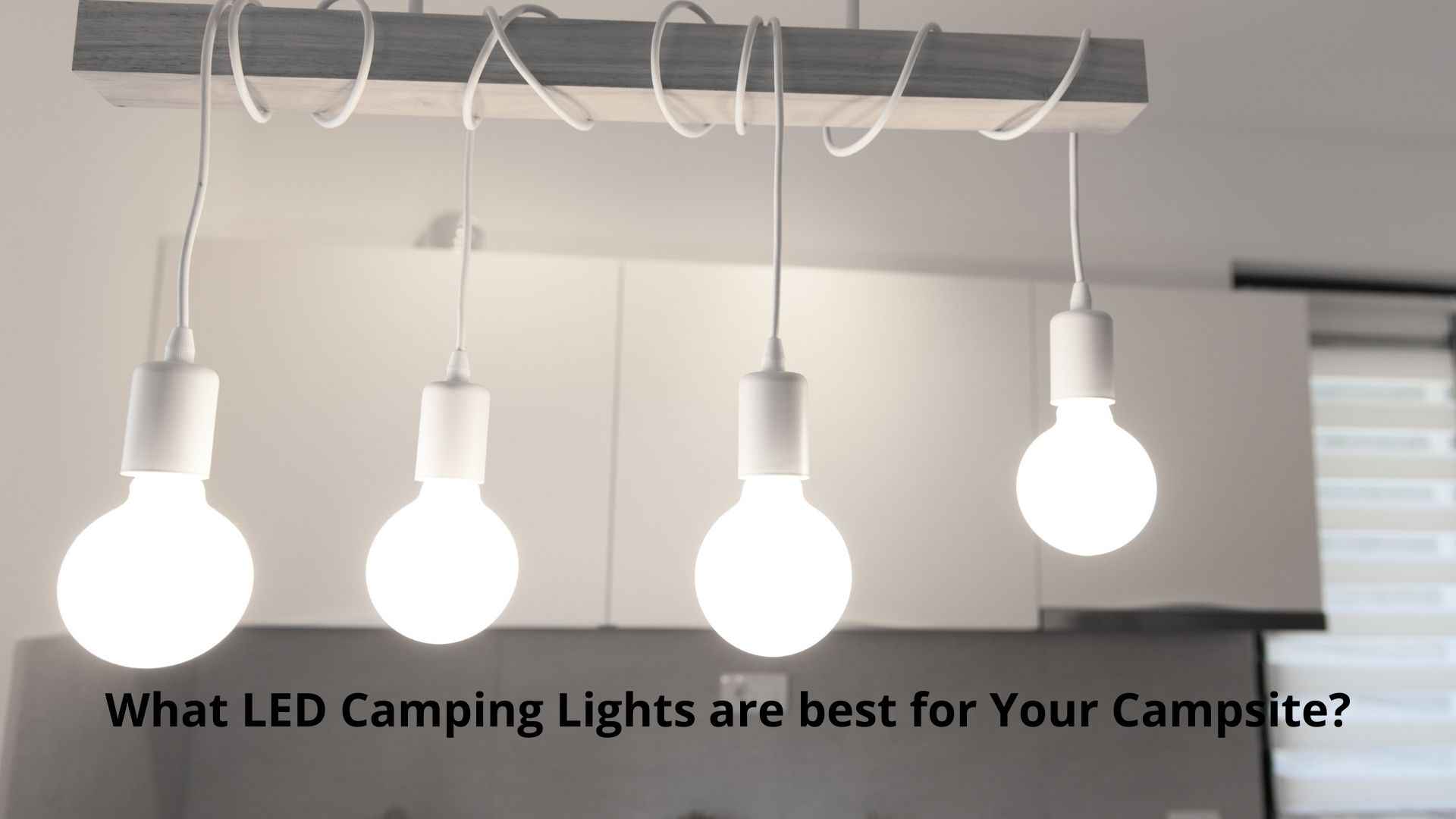If you go camping these days, you’ll notice that practically everyone uses LED camping lights. LED lanterns, torches, and headlamps have replaced fluorescent and gas lanterns at today’s campgrounds. It’s also worth noting that many of these lights can emit both white and orange light.
This article compares and contrasts LED camping lights with earlier technologies, as well as provides an overview of the many varieties of LED camping lights available today and their applications.
What are the advantages of using LED camping lights?
Compared to prior technologies, LED technology offers several advantages. To begin with, its solid-state structure makes it incredibly long-lasting, especially when compared to gas lights. LED lights are extremely energy efficient. LED chips, with 90-100 effective lumens per watt, won’t drain your batteries and are very useful for camping in unpowered areas
What LED Camping Lights are best for Your Campsite?
Types of LED Camp Lighting
LED camp lighting comes in a variety of shapes and sizes due to the adaptability of LED technology. Here are a few of the most well-known.
-
LED Strip and tape lights
LED tape lights are made out of a strip of LED chips wrapped in a high-quality silicon strip and backed with authentic 3M double-sided tape. They’re used for attaching awnings, tailgates, and gazebos inside vehicles. They can be firmly installed even when the awning or gazebo is packed up and stored, thanks to the powerful adhesive and flexibility, and durability of the strip.
LED strips are the ideal choice for temporary lighting. They include carabiner-style clips sewed onto the end as well as Velcro strips, so they may be mounted almost anyplace. They now come with an integrated sail track attachment that slips into the sail track found on most 4wd awnings.
-
LED Lanterns
LED lanterns are powered by an internal lithium battery that produces 155 effective lumens for up to 6 hours on a single charge from a package that weighs about 85g and is smaller than a tennis ball.
They come in a variety of colours and settings, including white (high, medium, and low), orange, and flashing orange, which is ideal for identifying risks or in an emergency.
They are simple to install and may be placed in a variety of locations. Some led lanterns attach to any steel surface with a powerful inbuilt magnet, and they may also be wrapped around poles, awning arms, and other objects using an inbuilt elastic strap.
Why go for orange-coloured LED camping lights?
If you enjoy camping, there’s one thing that will most likely upset you more than anything else: bugs. Bugs are drawn to the light in general, and white light in particular. They can’t help but shift their bodies towards any light source they notice; this is known as positive phototaxis.
Orange illumination naturally repels insects by up to 90%, which is particularly useful when cooking or dining.
Conclusion
As you can see, LED lights are available to meet every aspect of your camping setup. Once you switch to a battery-powered lantern, you’ll never go back to your old technology. Remember to choose a camping light that best suits your camping activity.
